
Prevail Incontinence Underpads, Super Absorbency 30 x 36 inches - Case of 100
Arrives Fri, Jan 2 - Sun, Jan 4
FSA & HSA eligible

Arrives Fri, Jan 2 - Sun, Jan 4
FSA & HSA eligible
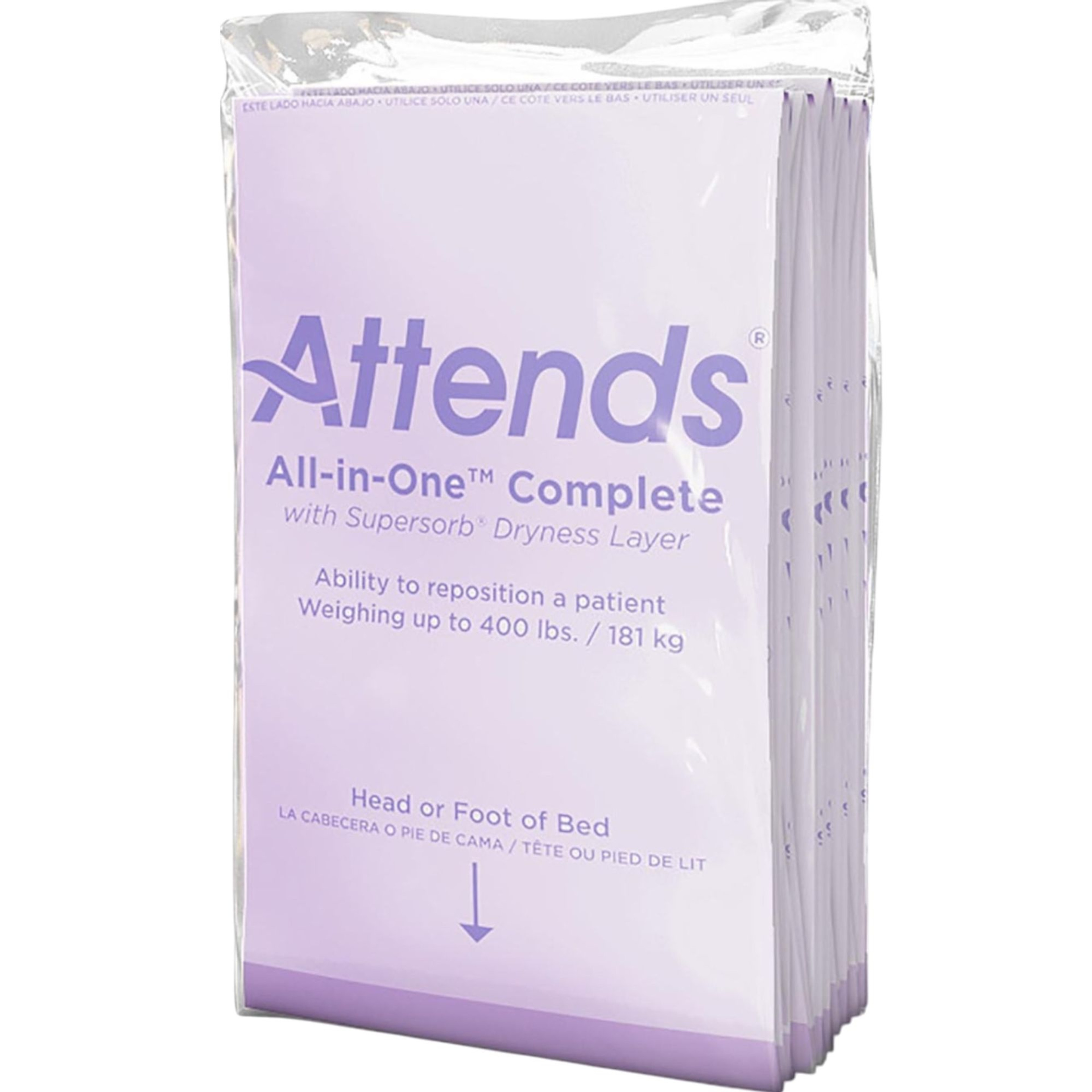
Arrives Fri, Jan 2 - Sun, Jan 4
FSA & HSA eligible
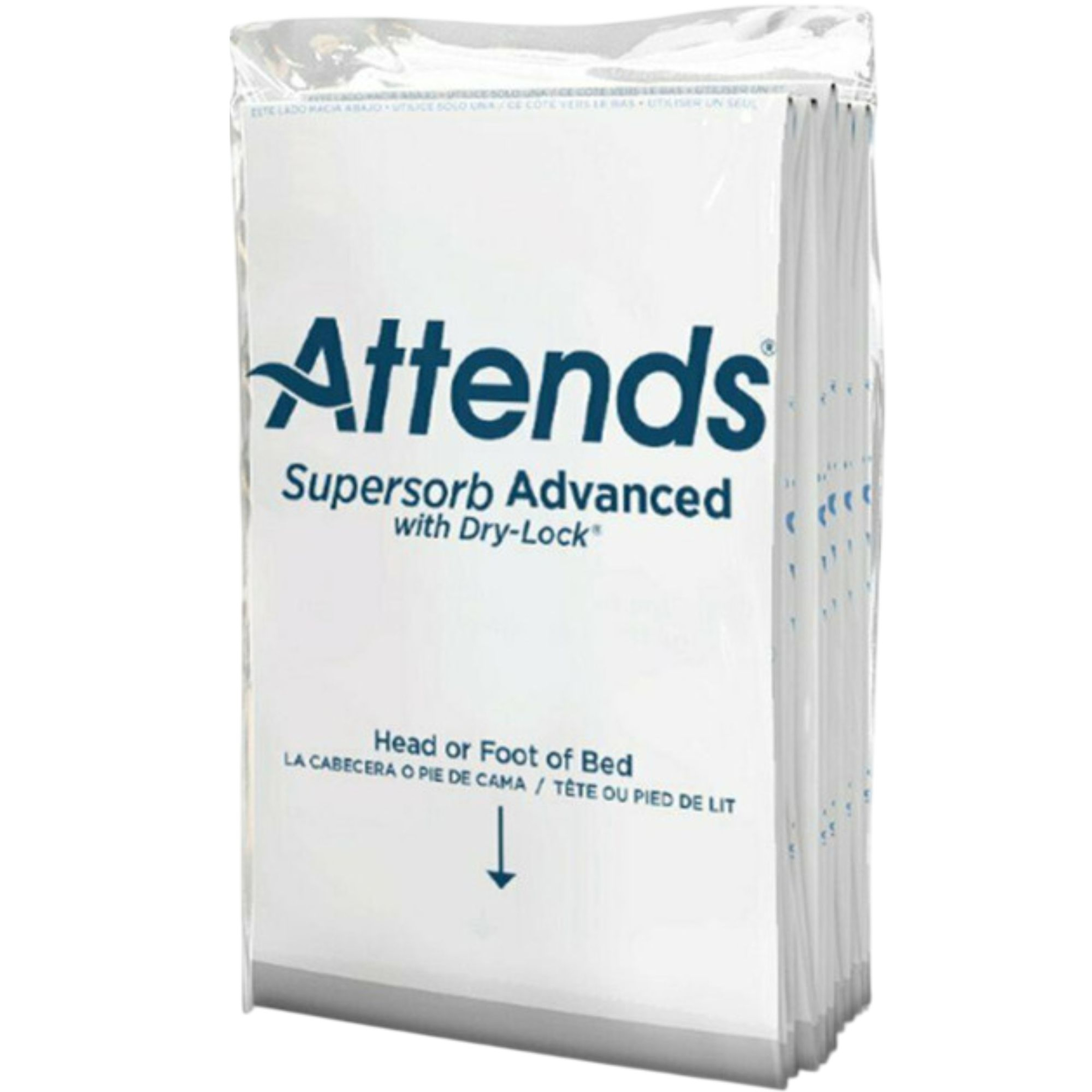
Arrives Fri, Jan 2 - Sun, Jan 4
FSA & HSA eligible
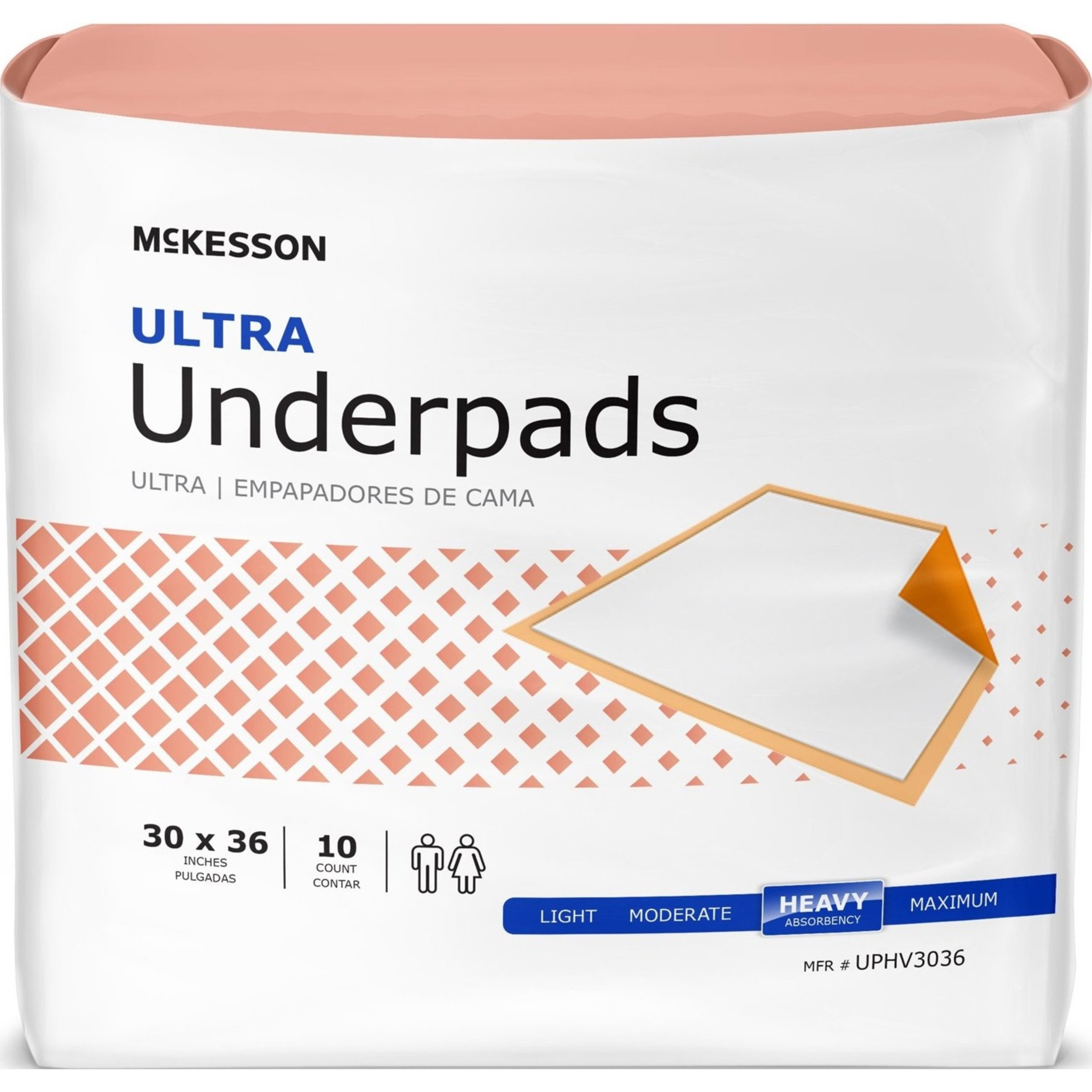
Arrives Fri, Jan 2 - Sun, Jan 4
FSA & HSA eligible

Arrives Fri, Jan 2 - Sun, Jan 4
FSA & HSA eligible

Arrives Fri, Jan 2 - Sun, Jan 4
FSA & HSA eligible

Arrives Fri, Jan 2 - Sun, Jan 4
FSA & HSA eligible
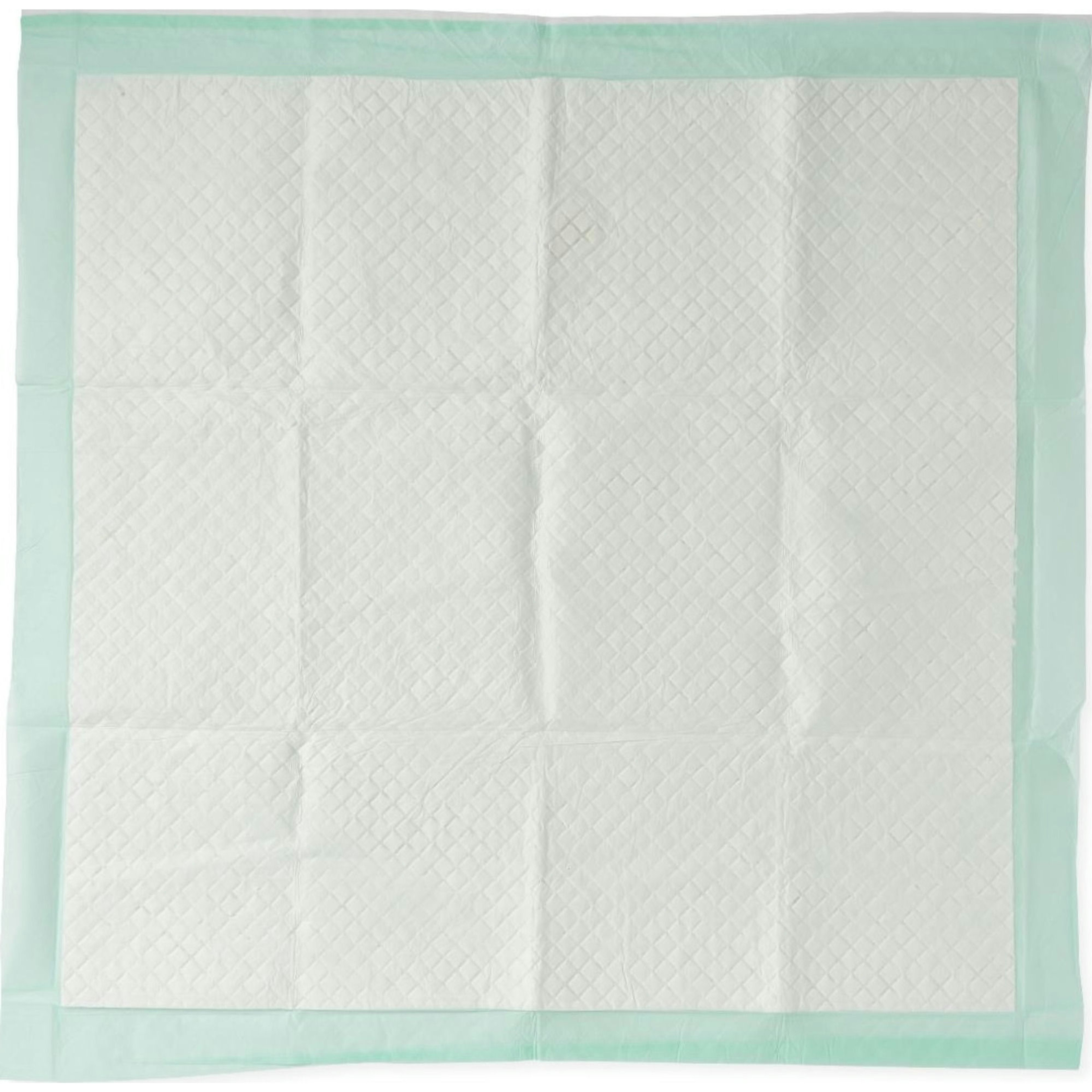
Arrives Fri, Jan 2 - Sun, Jan 4
FSA & HSA eligible
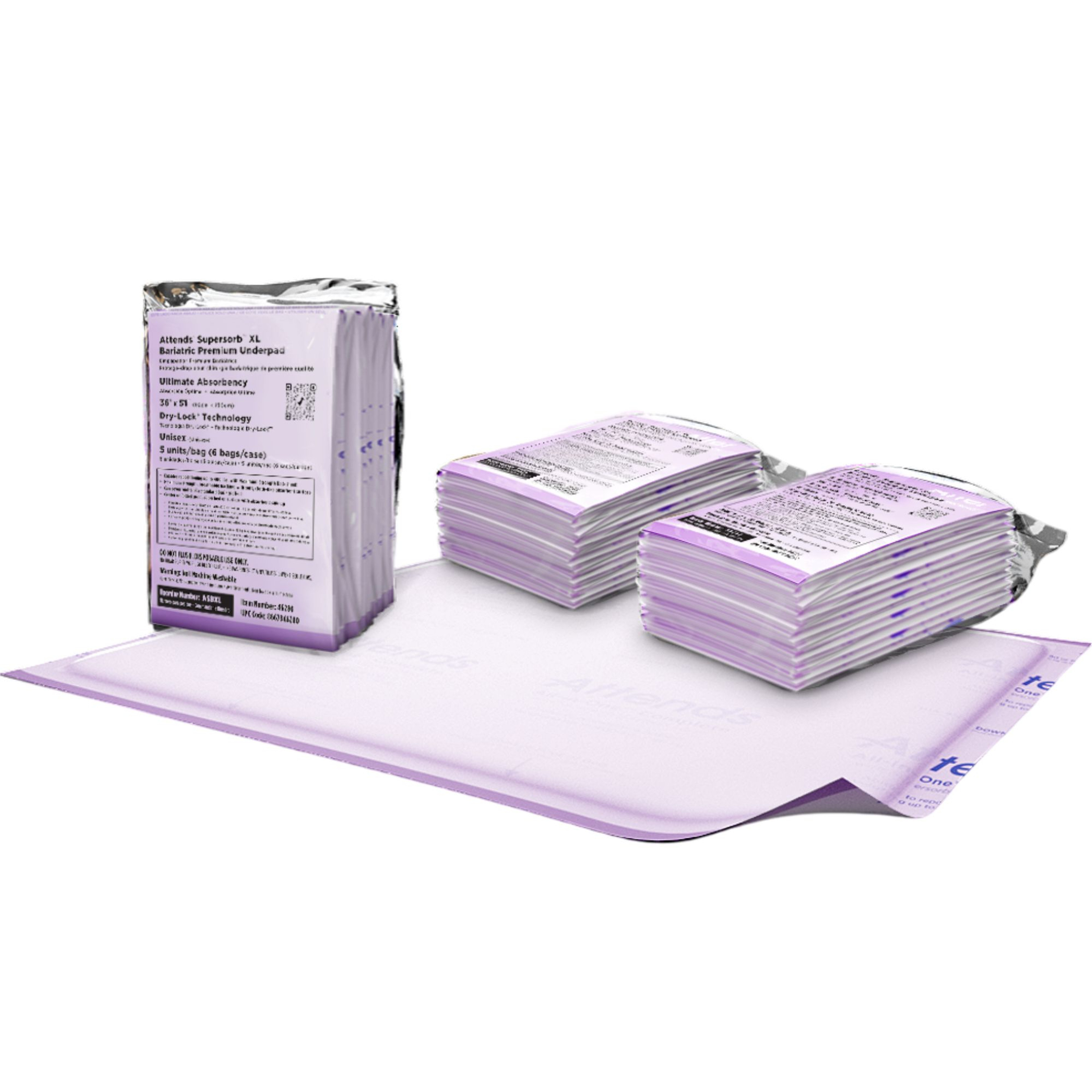
Arrives Fri, Jan 2 - Sun, Jan 4
FSA & HSA eligible

Arrives Fri, Jan 2 - Sun, Jan 4
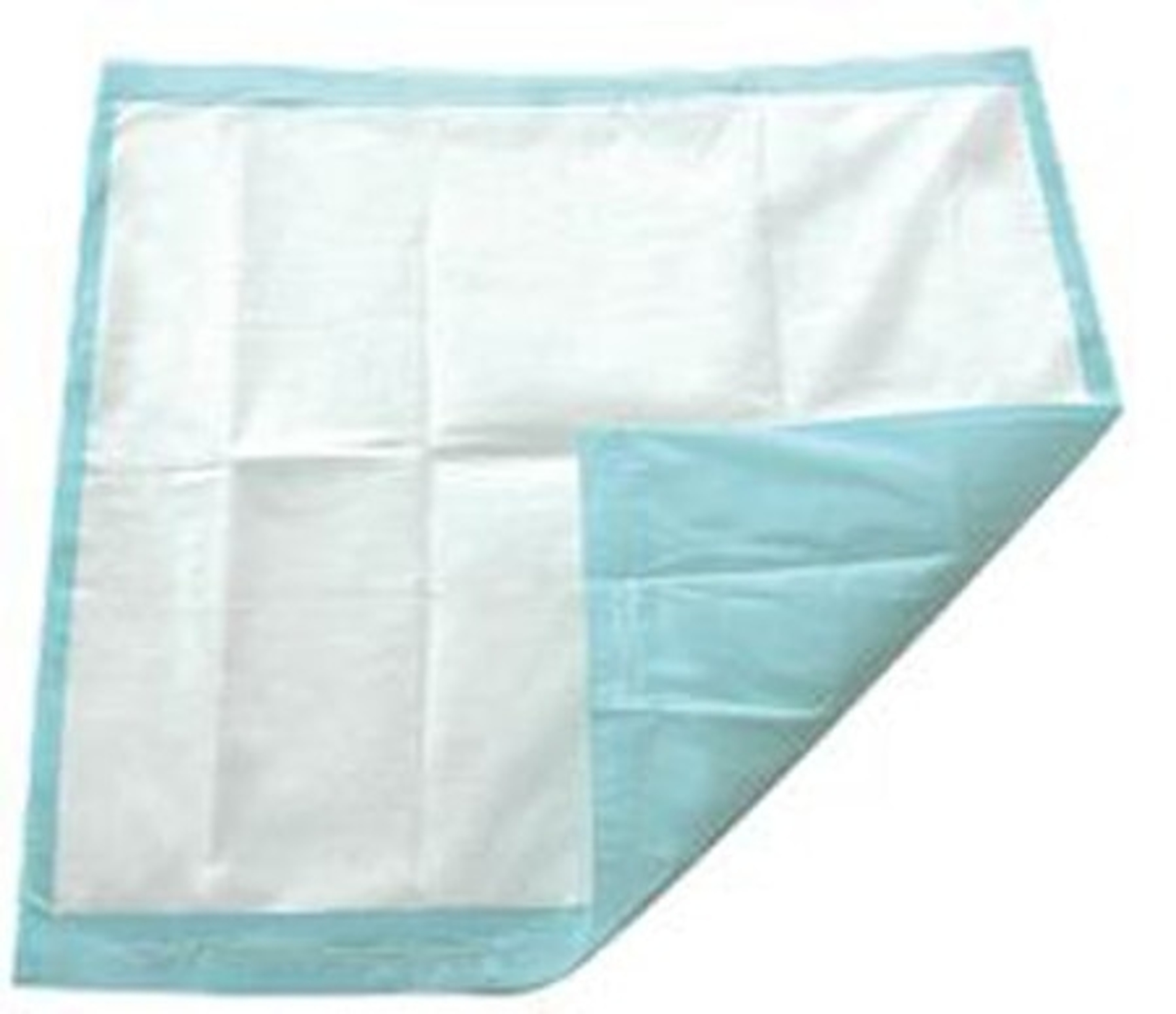
Arrives Fri, Jan 2 - Sun, Jan 4
FSA & HSA eligible
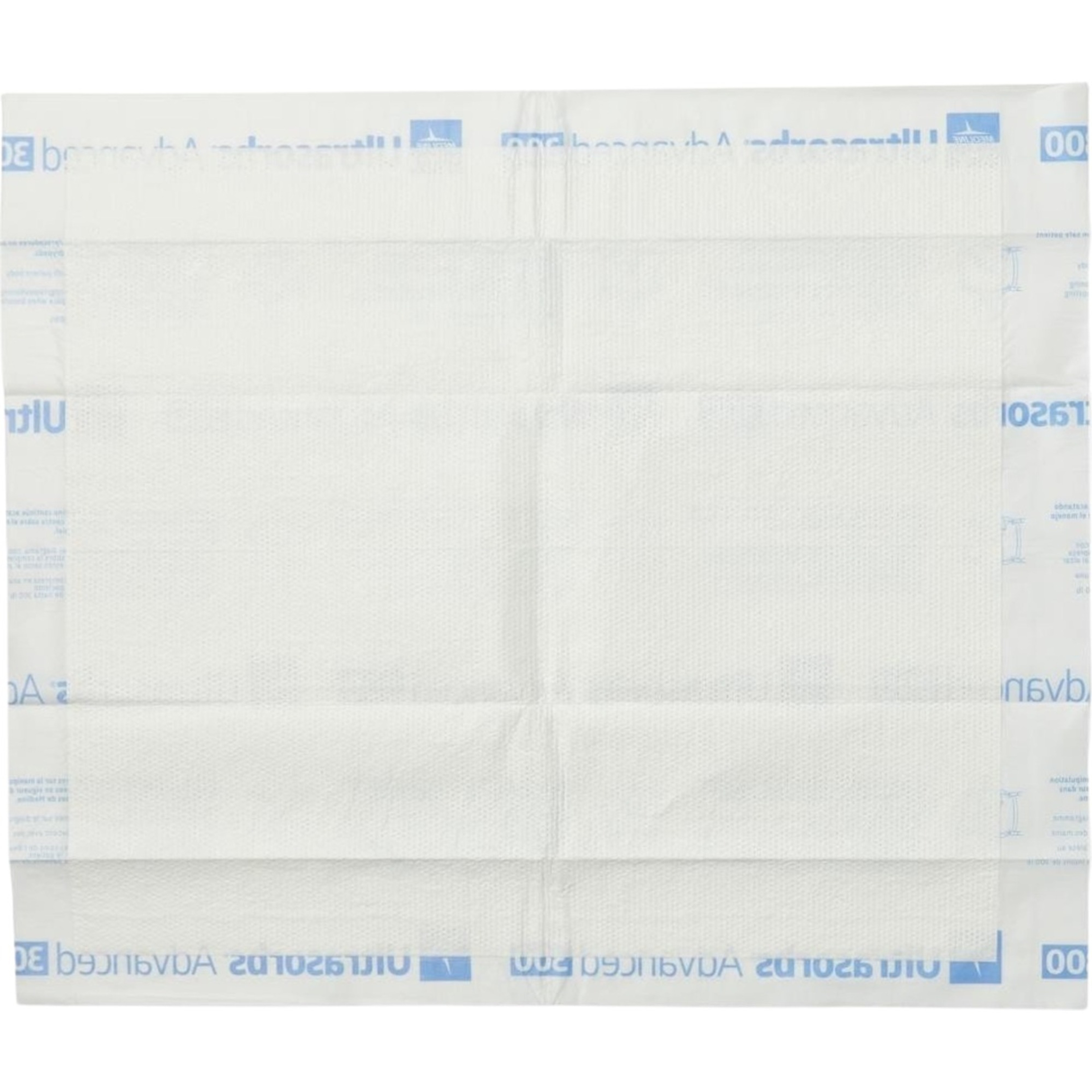
Arrives Fri, Jan 2 - Sun, Jan 4
FSA & HSA eligible

Arrives Fri, Jan 2 - Sun, Jan 4
FSA & HSA eligible
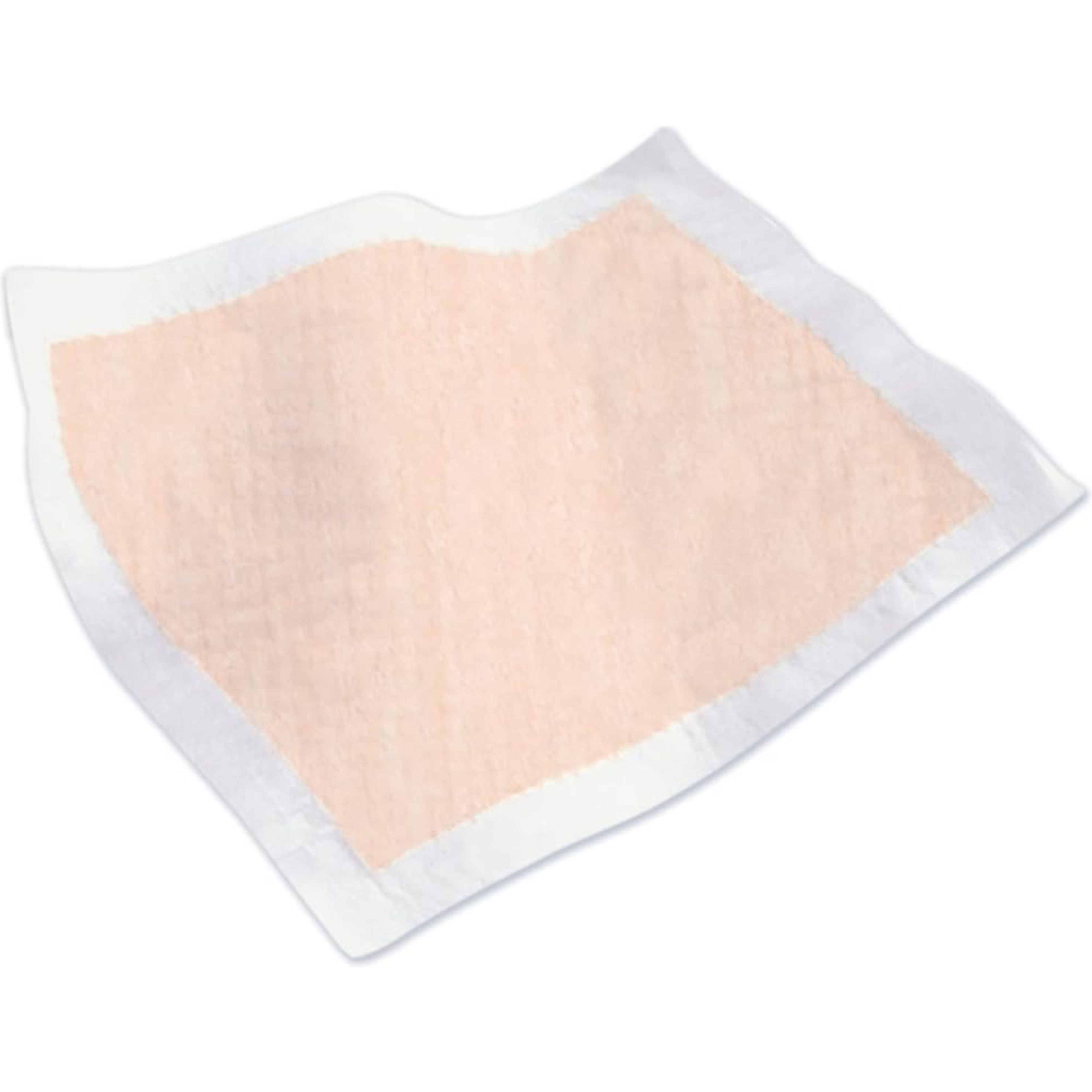
Arrives Fri, Jan 2 - Sun, Jan 4
FSA & HSA eligible
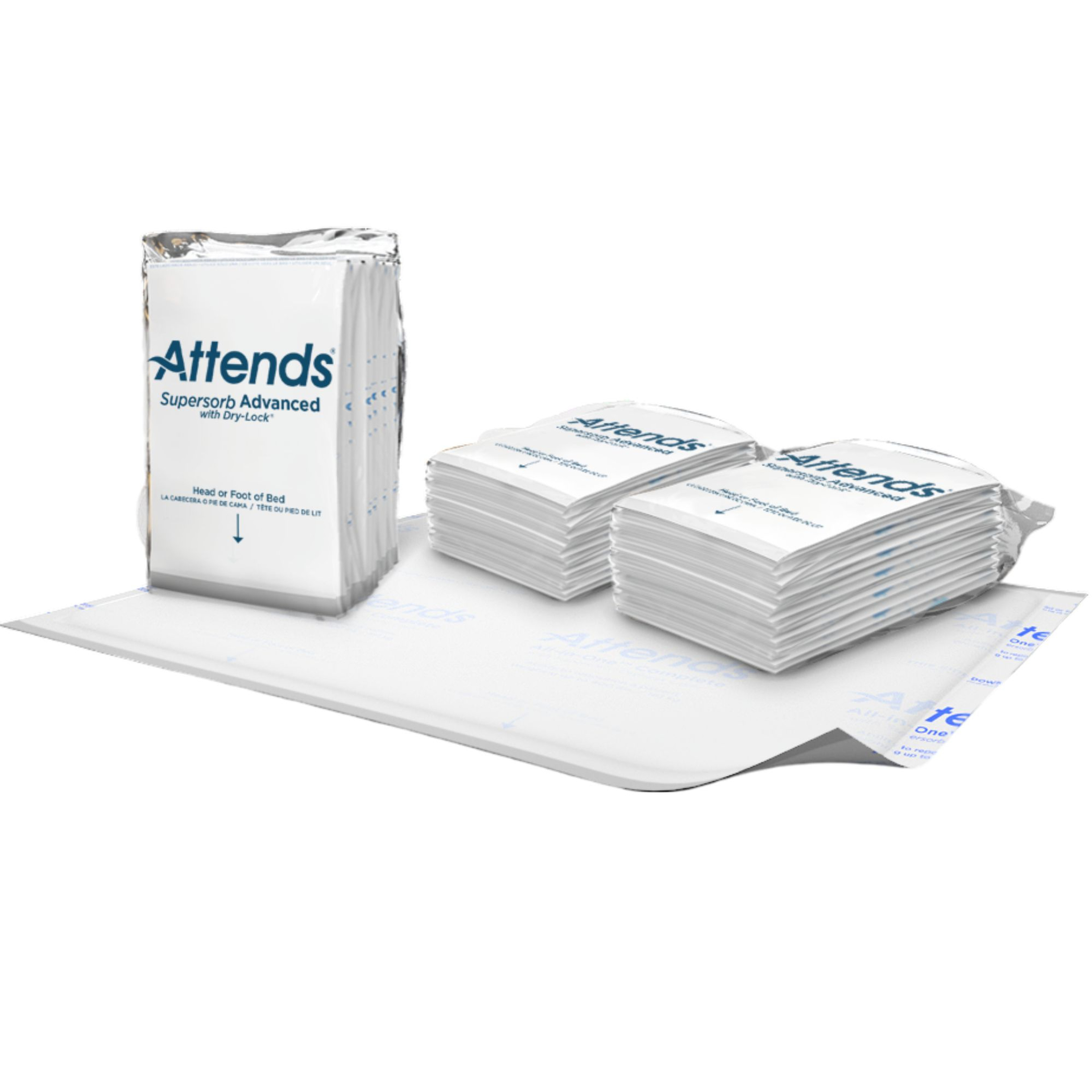
Arrives Fri, Jan 2 - Sun, Jan 4
FSA & HSA eligible
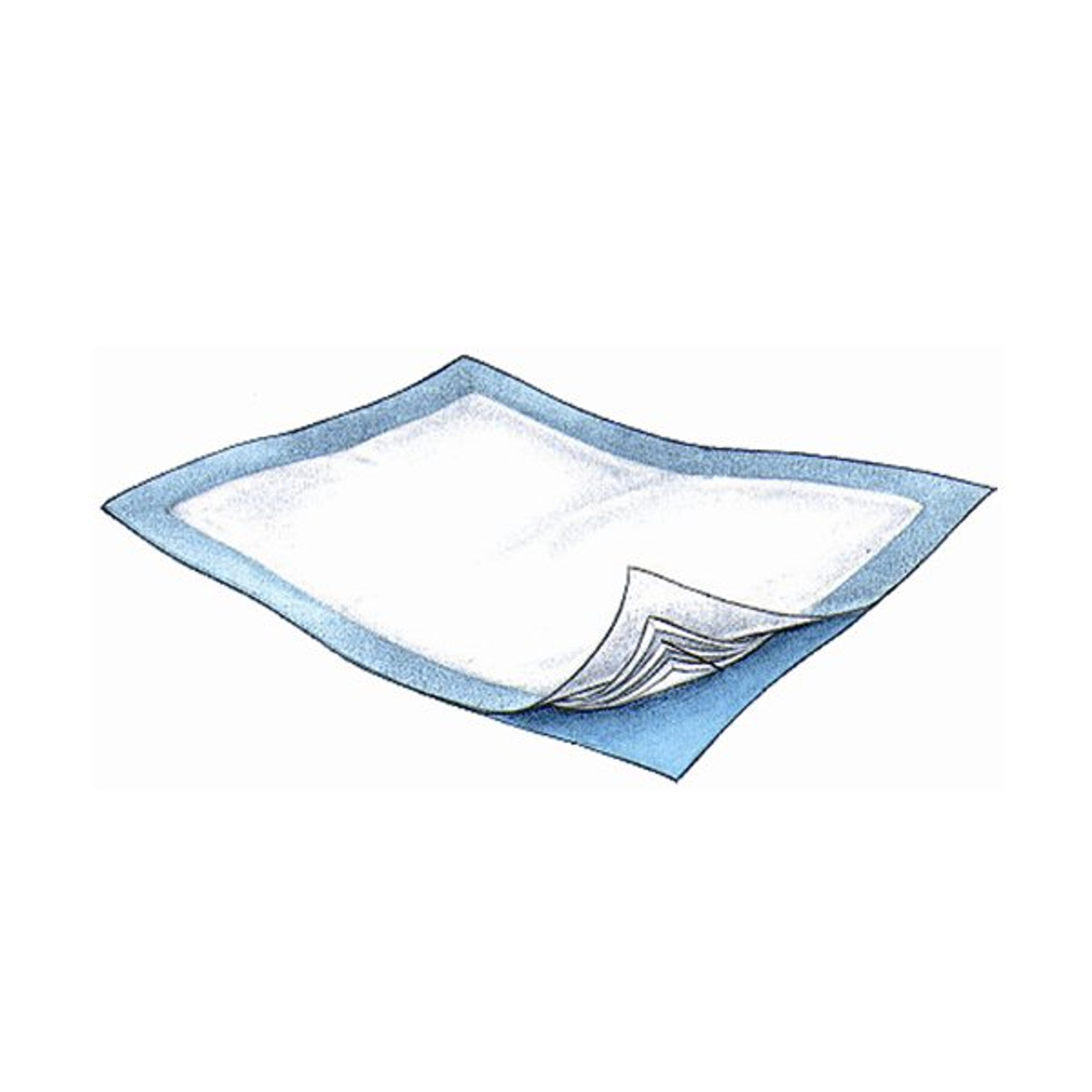
Arrives Fri, Jan 2 - Sun, Jan 4
FSA & HSA eligible
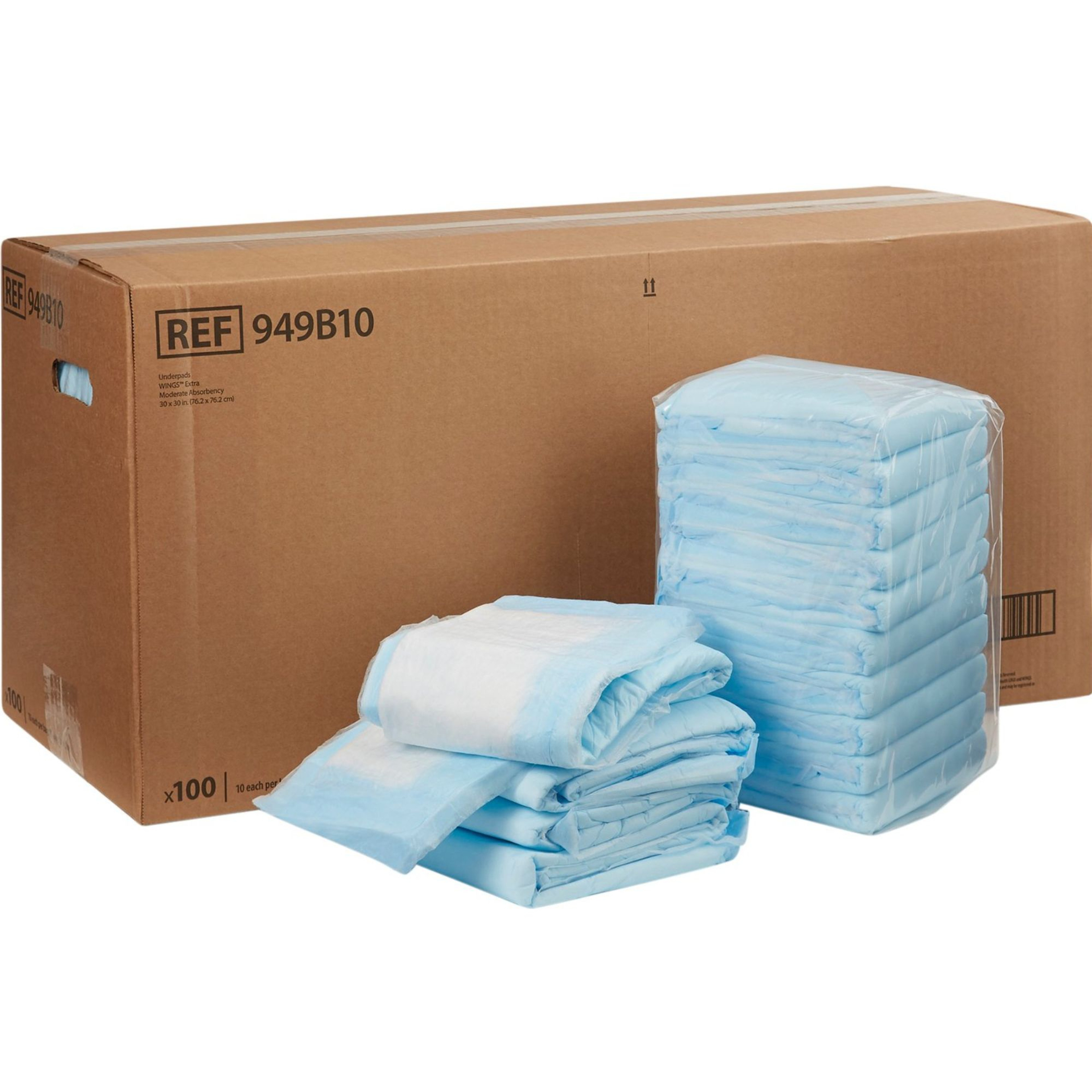
Arrives Fri, Jan 2 - Sun, Jan 4
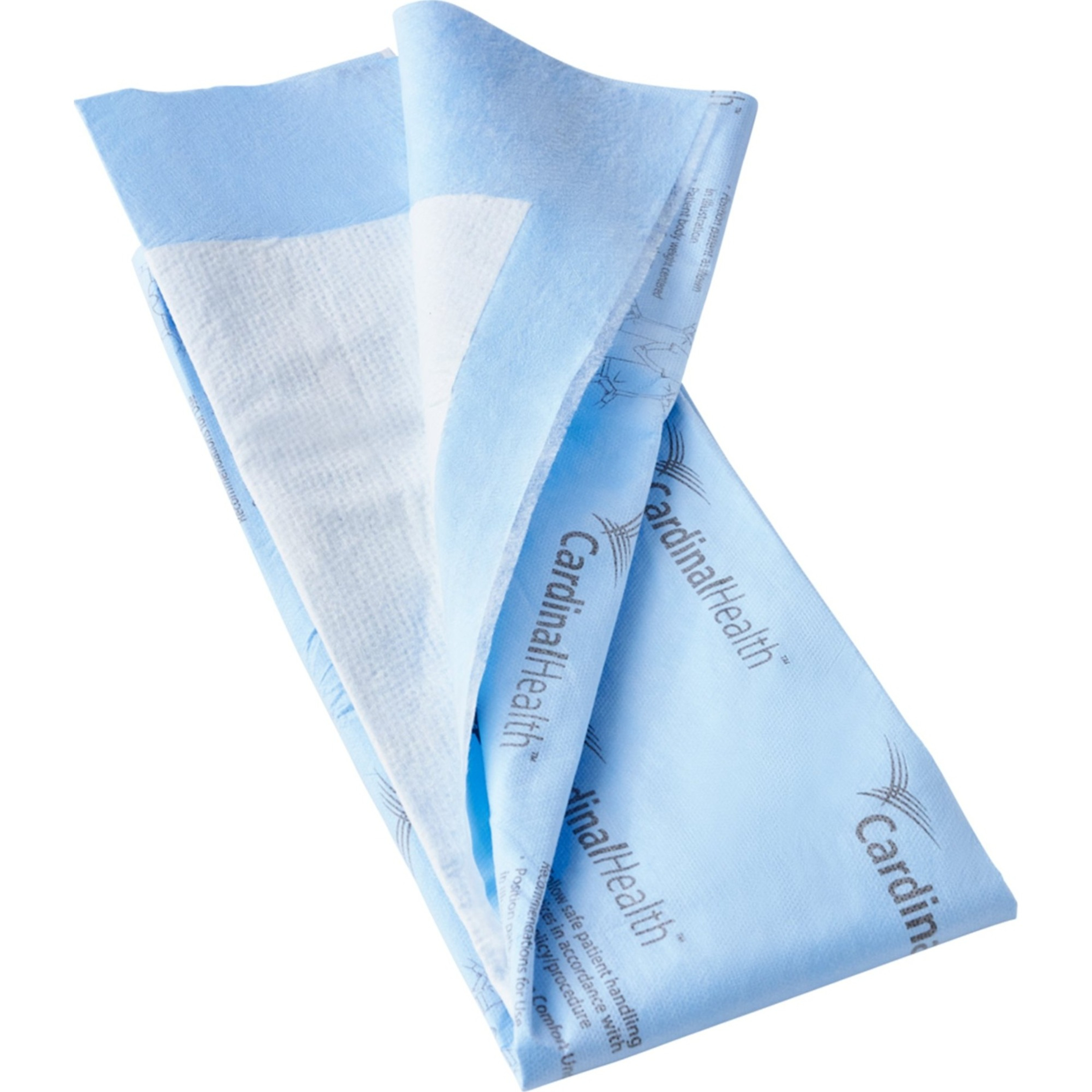
Arrives Fri, Jan 2 - Sun, Jan 4
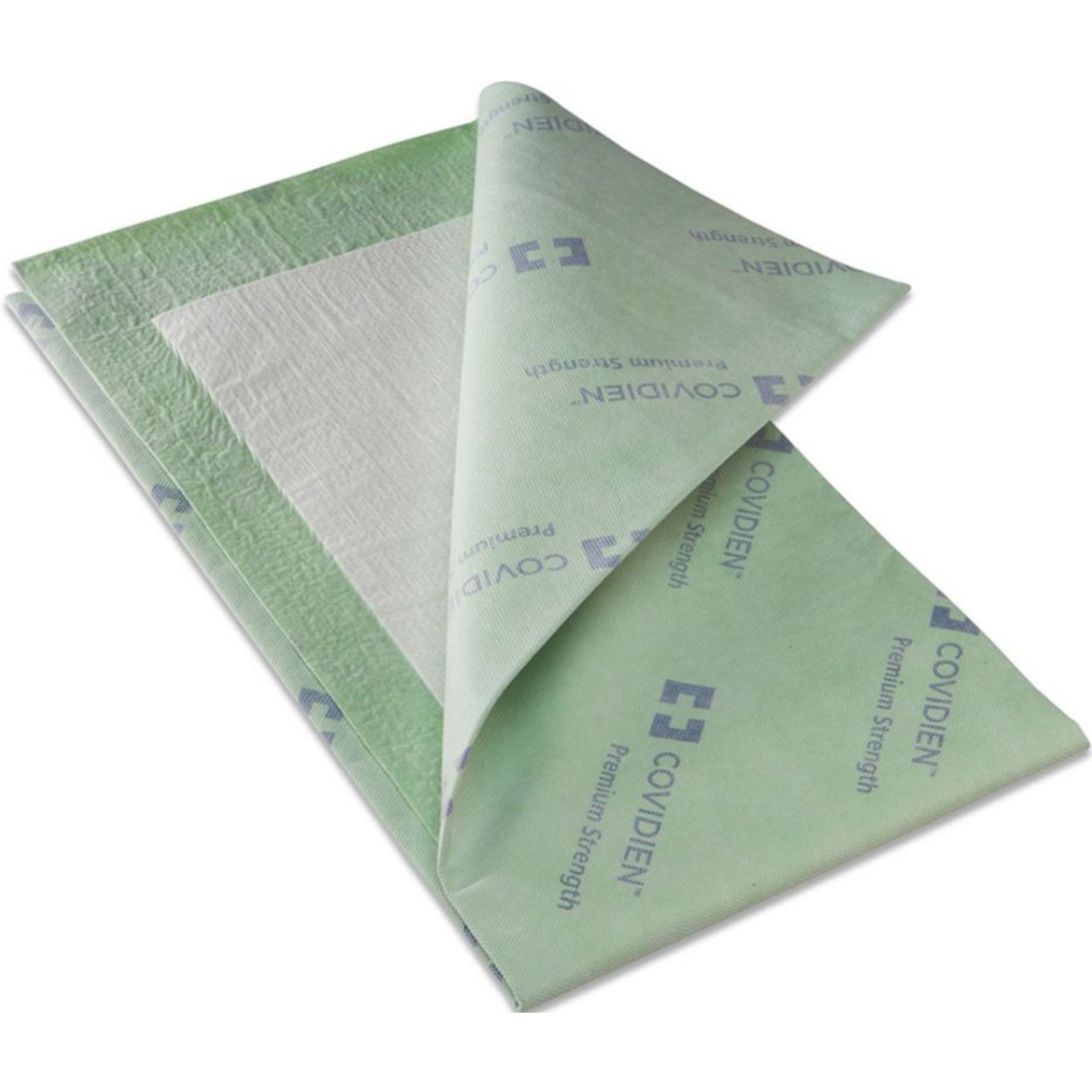
Arrives Fri, Jan 2 - Sun, Jan 4
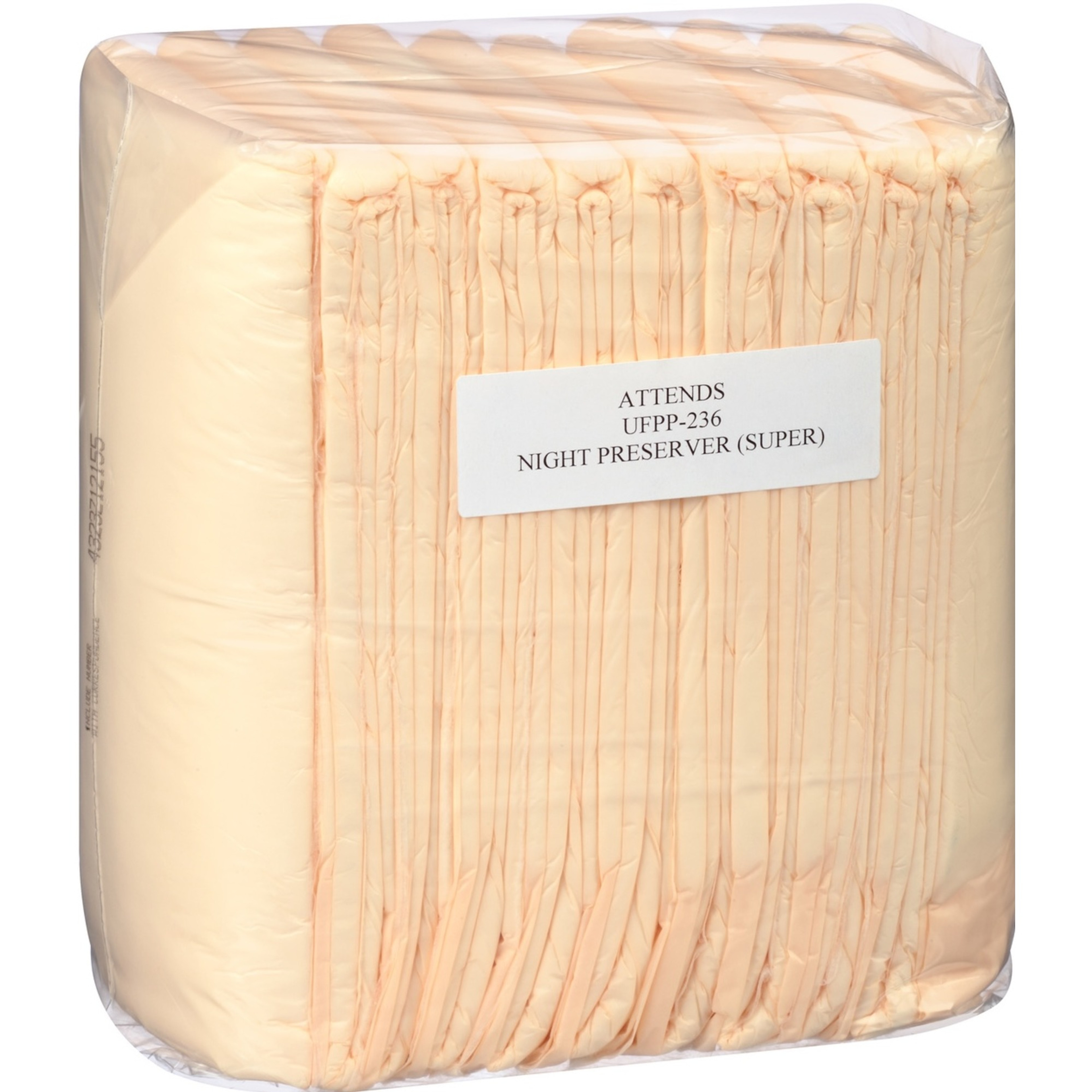
Arrives Fri, Jan 2 - Sun, Jan 4
FSA & HSA eligible
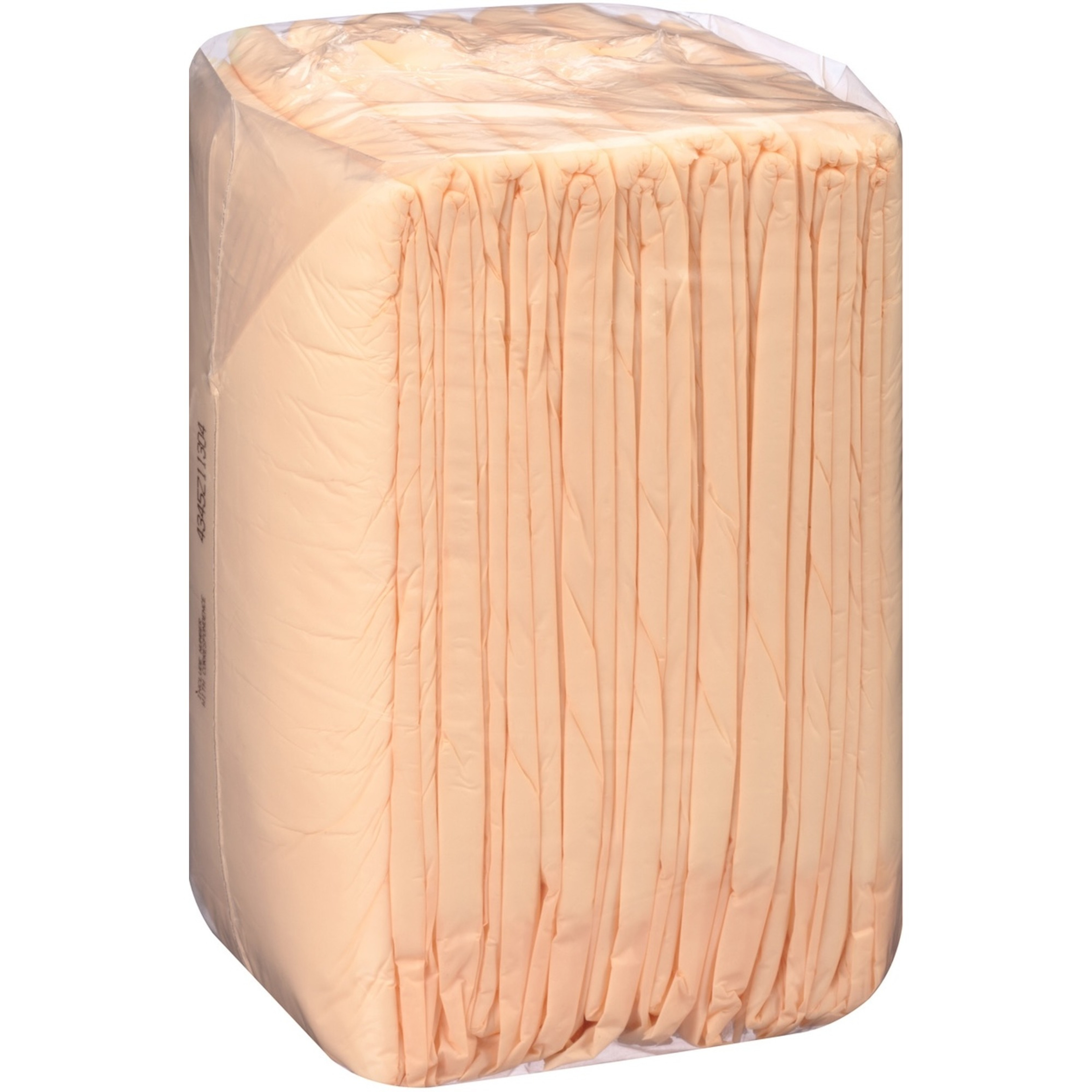
Arrives Fri, Jan 2 - Sun, Jan 4
FSA & HSA eligible
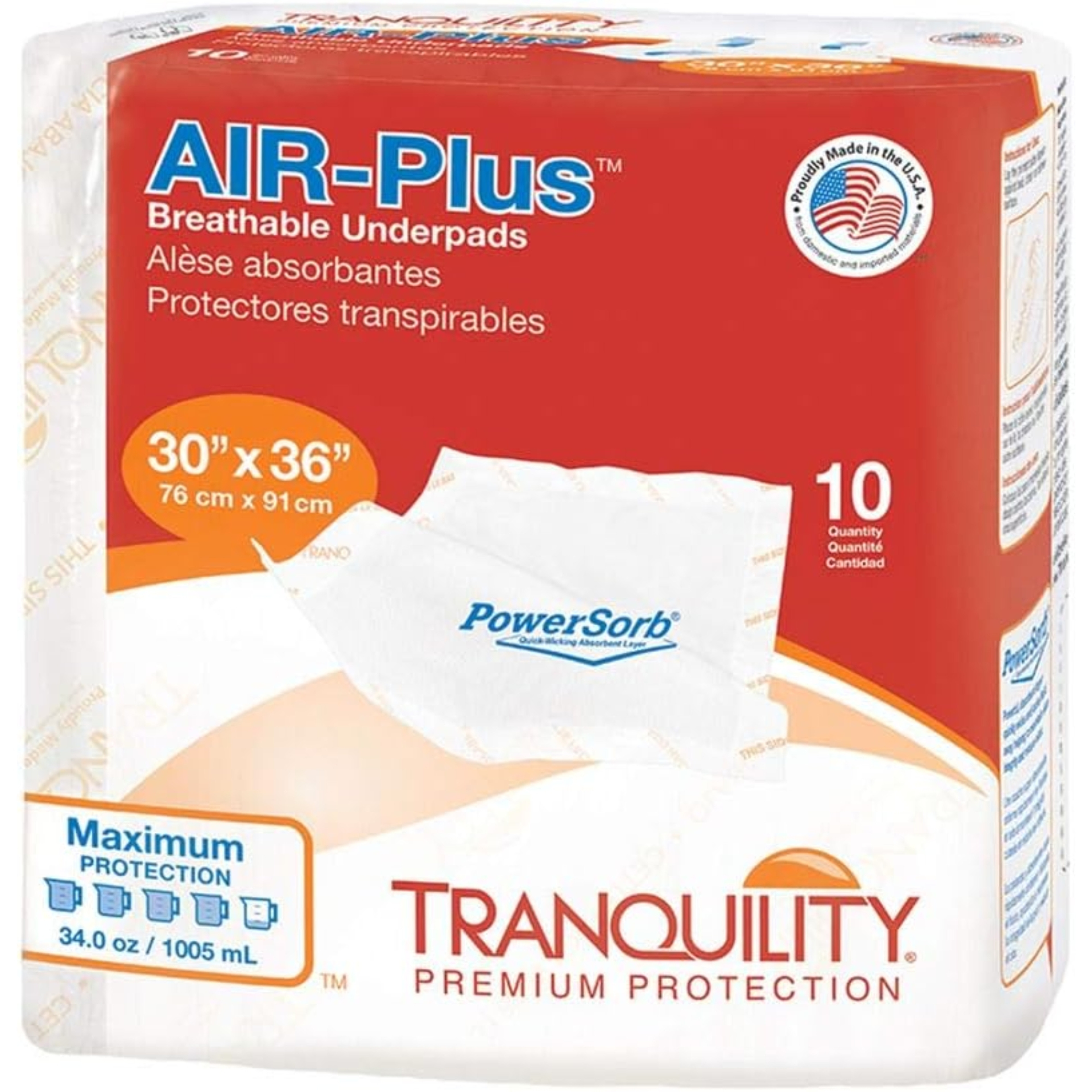
Arrives Fri, Jan 2 - Sun, Jan 4
FSA & HSA eligible
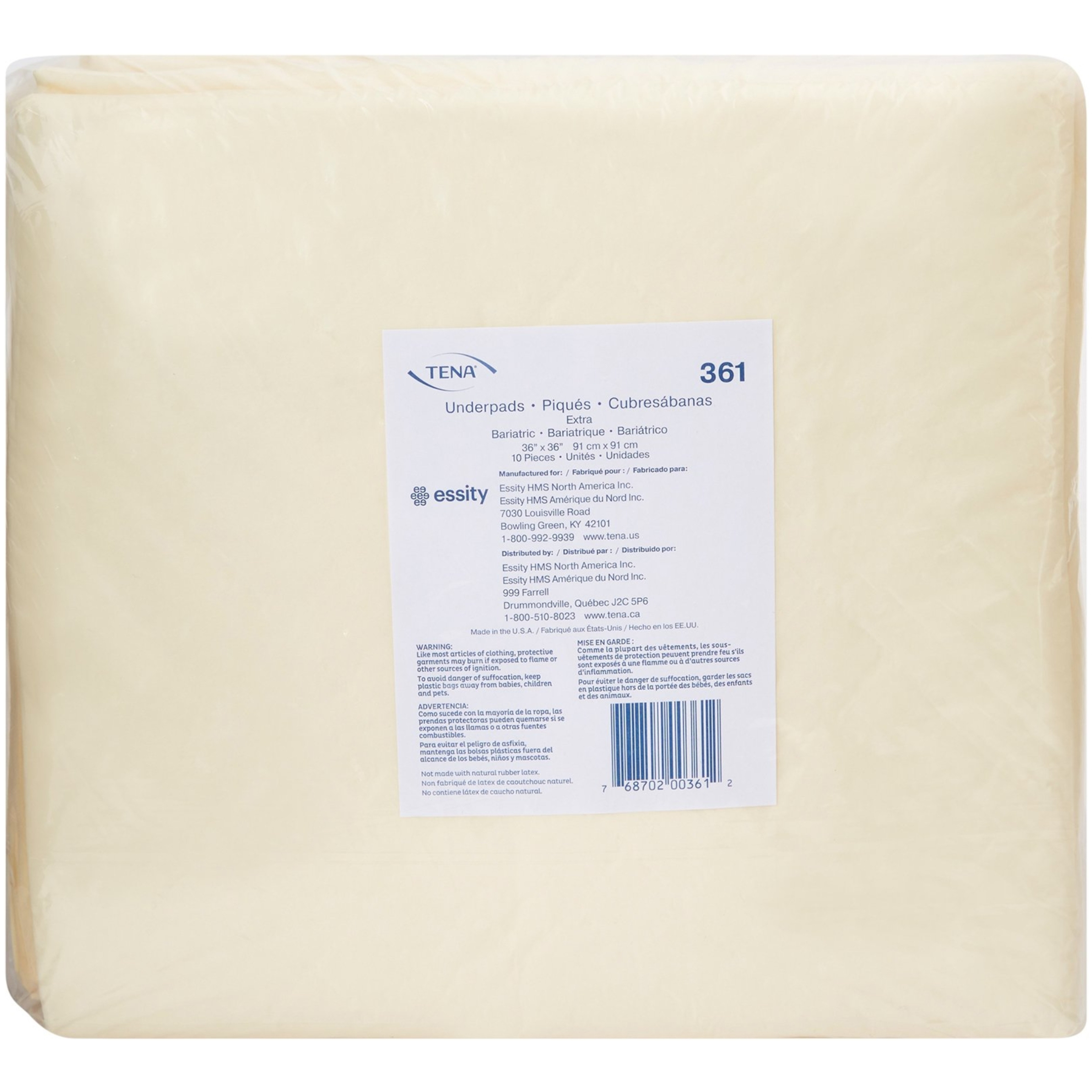
Arrives Fri, Jan 2 - Sun, Jan 4
FSA & HSA eligible

Arrives Fri, Jan 2 - Sun, Jan 4
FSA & HSA eligible
Underpads, also known as bed pads or chux pads, are essential for protecting beds, chairs, and other surfaces from incontinence-related moisture. These versatile incontinence pads offer a waterproof barrier and an absorbent layer, ensuring peace of mind and simpler cleanups when managing leakage.
When choosing, consider convenient disposable underpads from trusted brands like Prevail and Attends. Alternatively, durable reusable bed pads from Becks Classics provide an economical and washable solution for ongoing surface protection.
Shop bed pads online at Carewell for fast, discreet delivery and free shipping over $49. Need help choosing the right product? Our friendly Care Team is available at (800) 696-CARE.
Protective Bedding: Underpads vs Mattress Protectors vs Protective Sheets